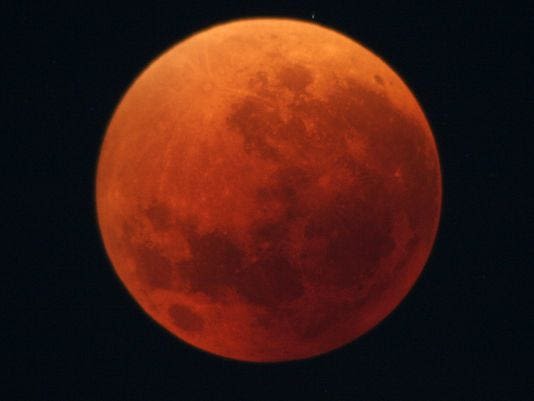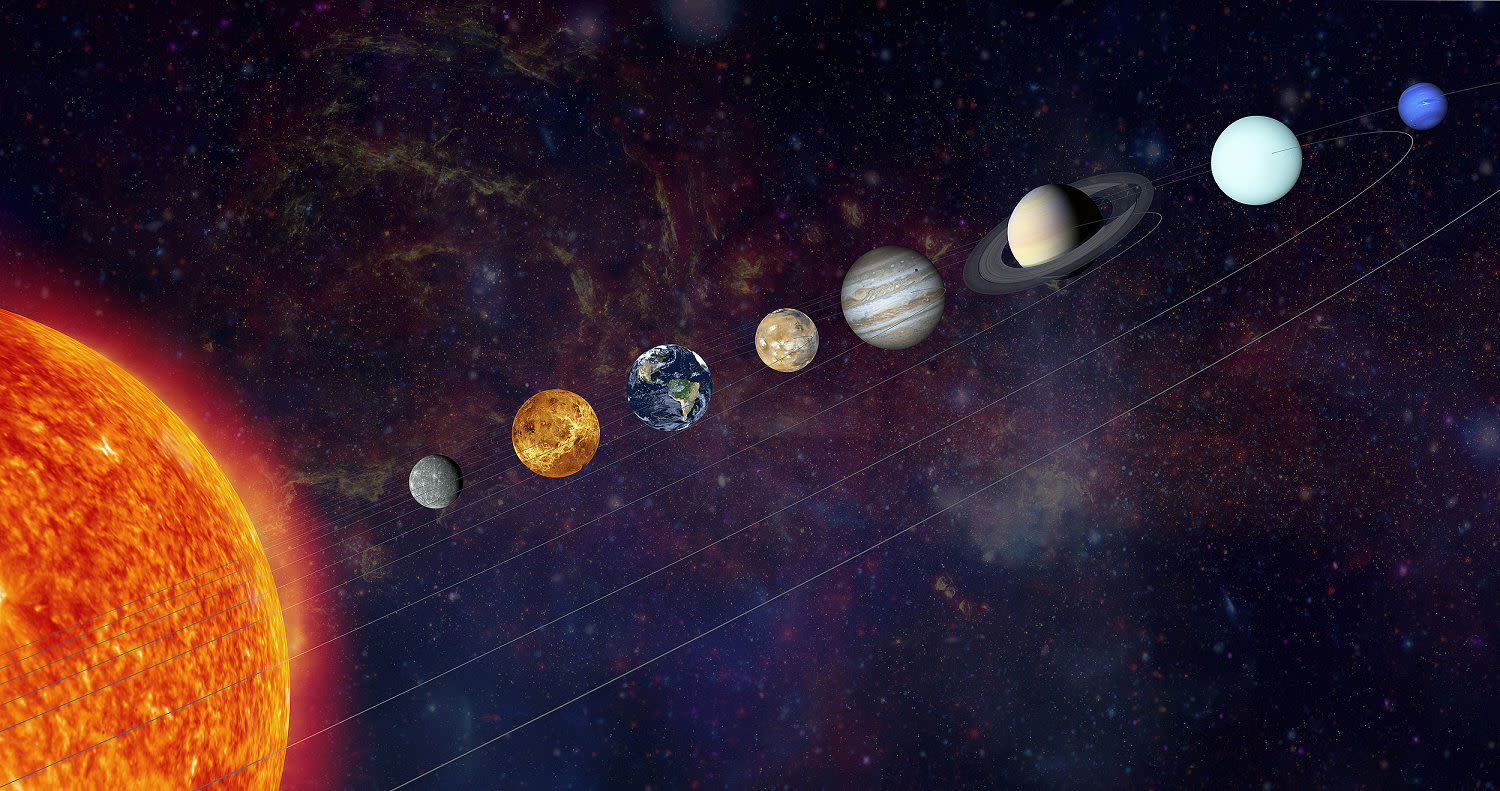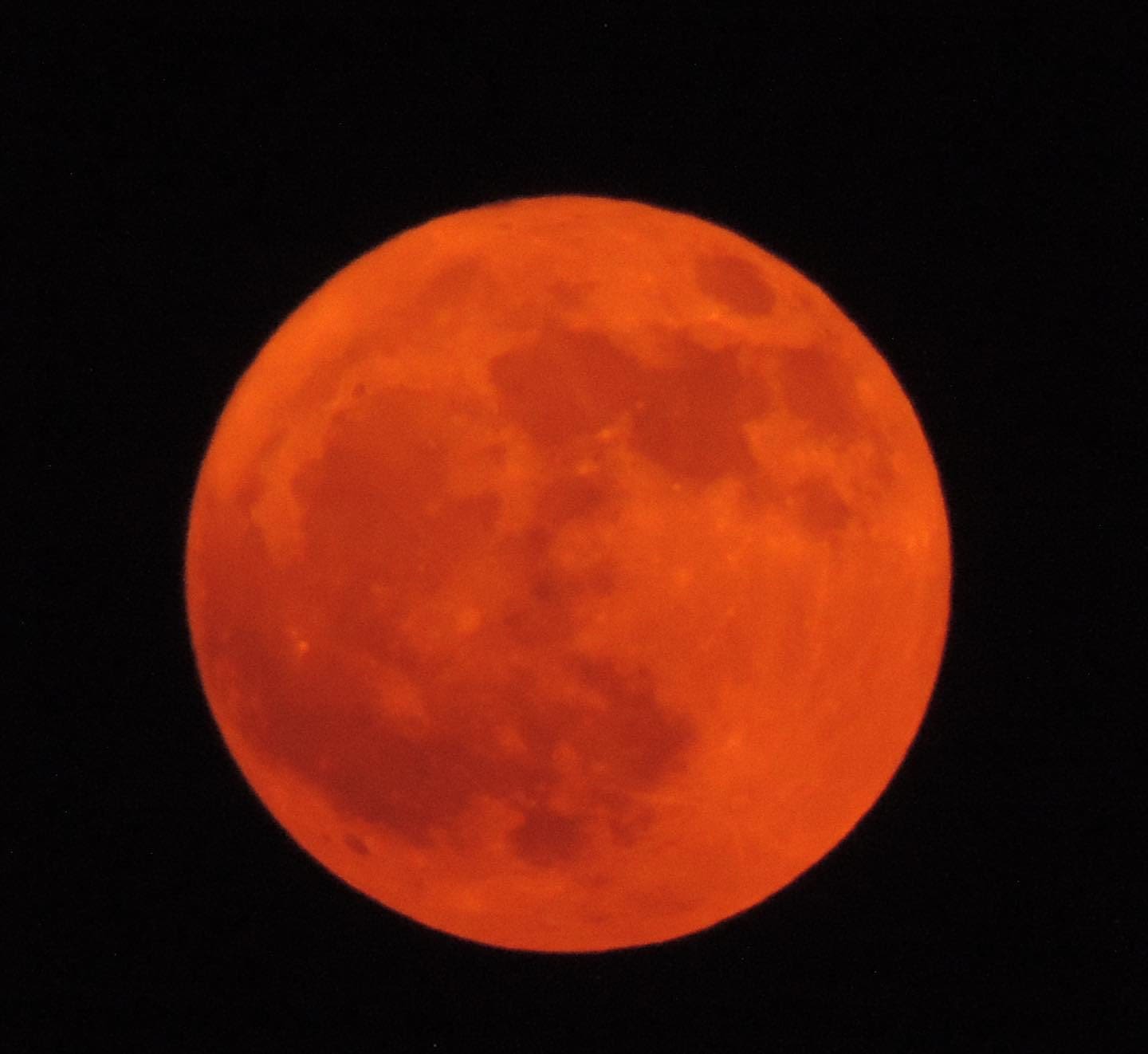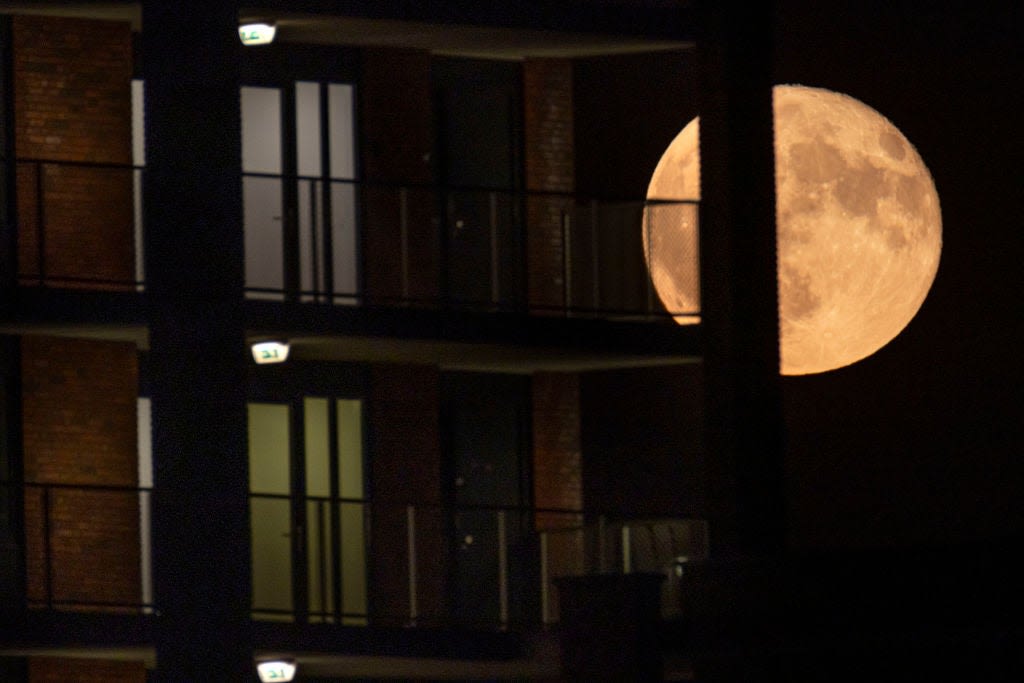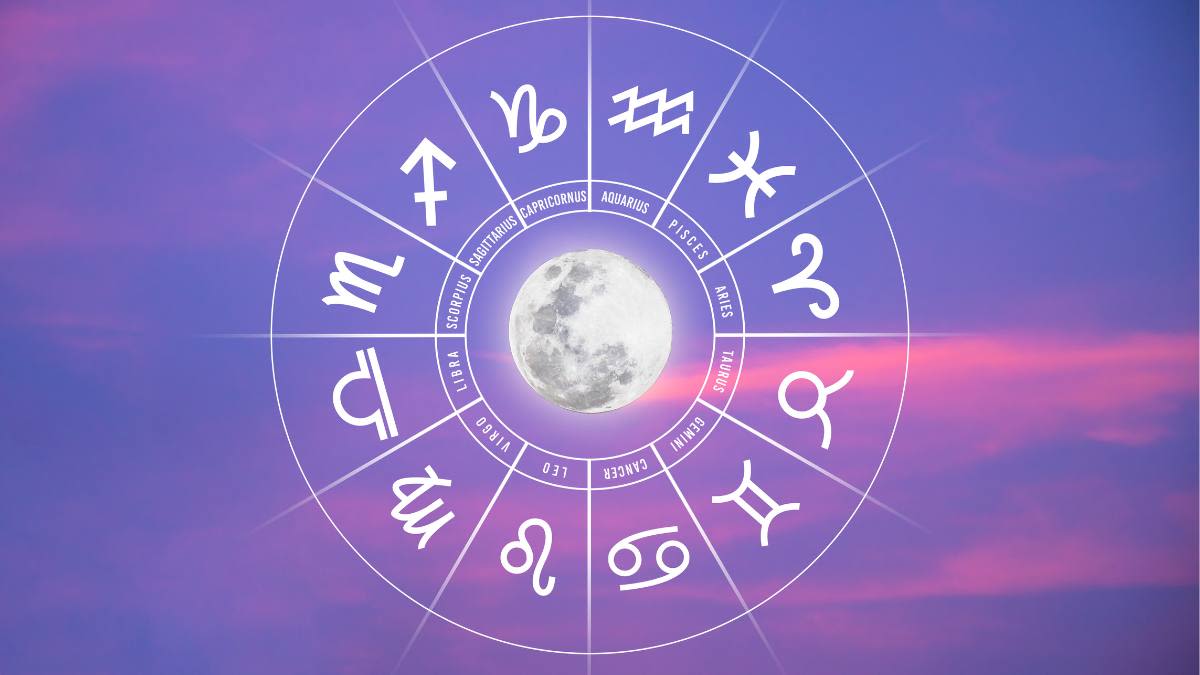Search results
The moons of Saturn are numerous and diverse, ranging from tiny moonlets only tens of meters across to the enormous Titan, which is larger than the planet Mercury. There are 146 moons with confirmed orbits, the most of any planet in the solar system.
Saturn has the most moons of any planet in the solar system, with more than 140 known as of 2023. Many of these are small satellites that orbit far from Saturn. The largest moons orbit close to the planet and were discovered telescopically before the 20th century.
- The Editors of Encyclopaedia Britannica
As of June 8, 2023, Saturn has 146 moons in its orbit. The moons range in size from larger than the planet Mercury – the giant moon Titan – to as small as a sports arena. The small moon Enceladus has a global ocean under a thick, icy shell.
News about June, full moon, Strawberry Moon
News about Apollo 8, William Anders, plane crash
Also in the news
- Titan. Titan is the largest of Saturn's moons and the first to be discovered. Titan is the only moon in the solar system known to have a significant atmosphere.
- Dione. Dione is thought to be a dense rocky core surrounded by water-ice. The tidally locked moon is heavily cratered not on its leading side but on its back side.
- Enceladus. Enceladus contains more than 100 geysers at its south pole. Tidal heating causes portions of the icy planet to melt, spewing icy material into space from its "tiger stripes."
- Hyperion. Hyperion was the last of the major satellites to be discovered. Hyperion is a small moon with an irregular appearance. The flattened object resembles an elongated potato rather than a sphere, a form that may have been created when an impact demolished a larger moon long ago.
Planet Saturn has 145 moons. Titan, the largest moon, contains a thick atmosphere and represents 96% of the mass of all Saturnian moons. Titan can be viewed with binoculars. In addition, there are thousands of small "propeller" moonlets believed to be embedded in the A ring of Saturn.
Saturn - Moons, Rings, Atmosphere: Saturn possesses more than 60 known moons, data for which are summarized in the table. Names, traditional numbers, and orbital and physical characteristics are listed individually.
